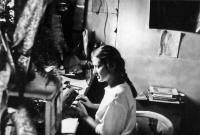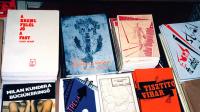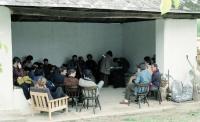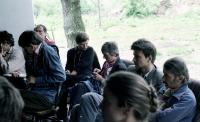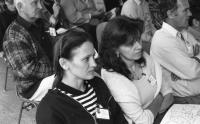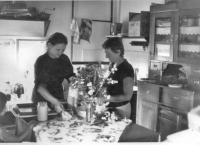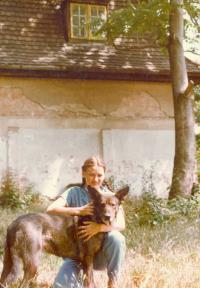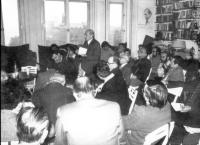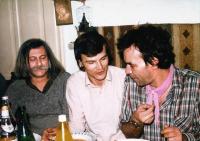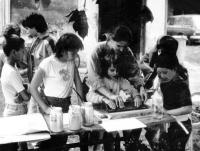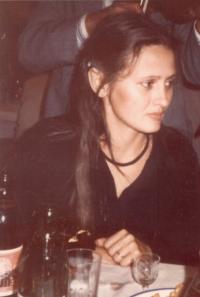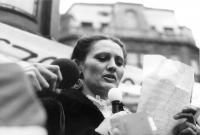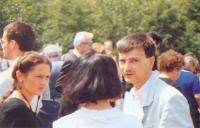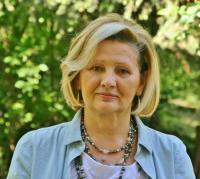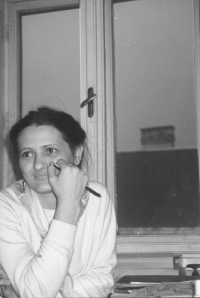This is how the samizdat network worked

Download image
Róza Hodosán was born in 1954 on 18 December in Darvas in a poor peasant family with many children. She has got six full siblings and five half siblings. She graduated from the Secondary School of Püspökladány in 1973. She went to live in Budapest, where she worked as a postwoman till 1976, when she took a job in a library in Püspökladány for a year. In 1978 she was offered a seat at the University of Eötvös Loránd, Budapest and started her studies as a student of Hungarian language, Literature and Sociology. In 1984 she finished her studies and in 1999 she was awarded her degree. She joined the democratic opposition during her university years. She was a volunteer of the Fund to Support the Poor; from 1981 onwards she was the proofreader, typographer and distributor of the AB Publishing House as well as the samizdat monthly Hírmondó. Due to her political convictions she could not get a job that she was qualified for. House searches, citations and other harassment by the police were part and parcel of her life. In 1987-88 she had a part time teaching job in the Berzsenyi Secondary School, Budapest. In 1988 she was a founding member of the Network of Free Initiatives, and the Free Democrats. In the same year she was also a member of the Federation of Young Democrats. Her husband, Gábor Demszky, having been summoned by the police, she was the one who read out the festive speech of the opposition on 15 March, 1988 at the Batthyany Eternal Flame. At the 1990 and 1994 national elections she became an MP through the electoral list of the Free Democrats. She was a Member of Parliament till 1998. In 2009 she left the Free Democrats. She has worked as a sociologist since then.Up until 1991 her spouse was Gábor Demszky, member of the democratic opposition and the mayor of Budapest. In 1993 she married Bálint Magyar, Minister of Education, 2002-2006.
